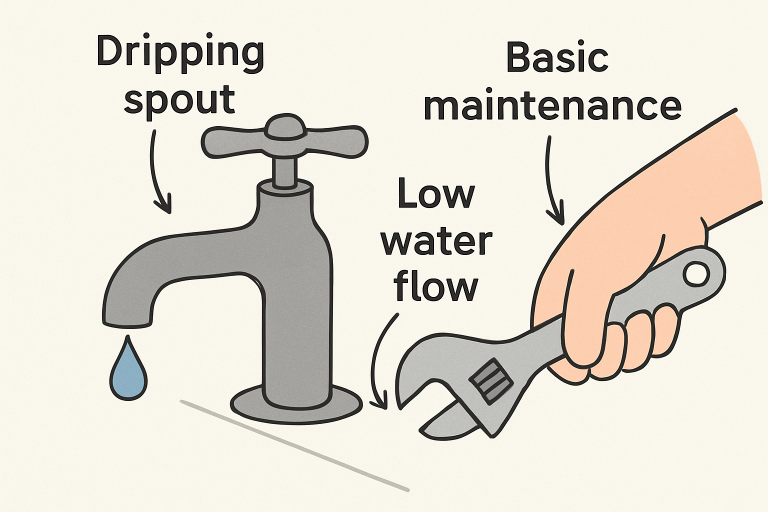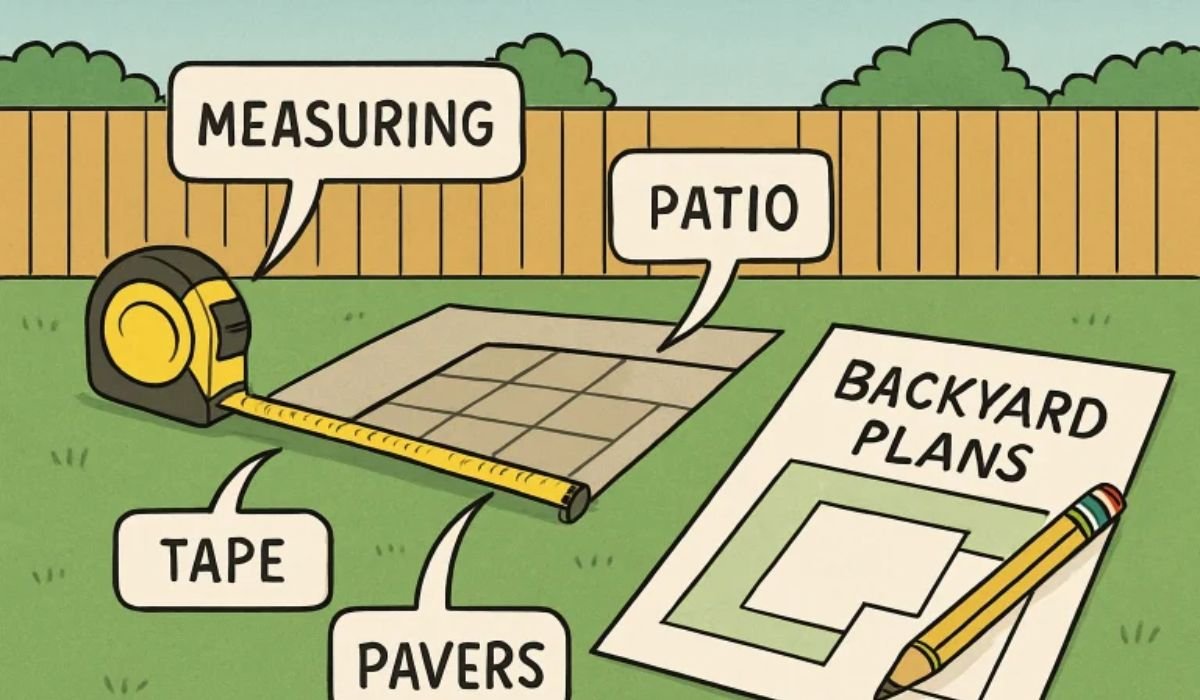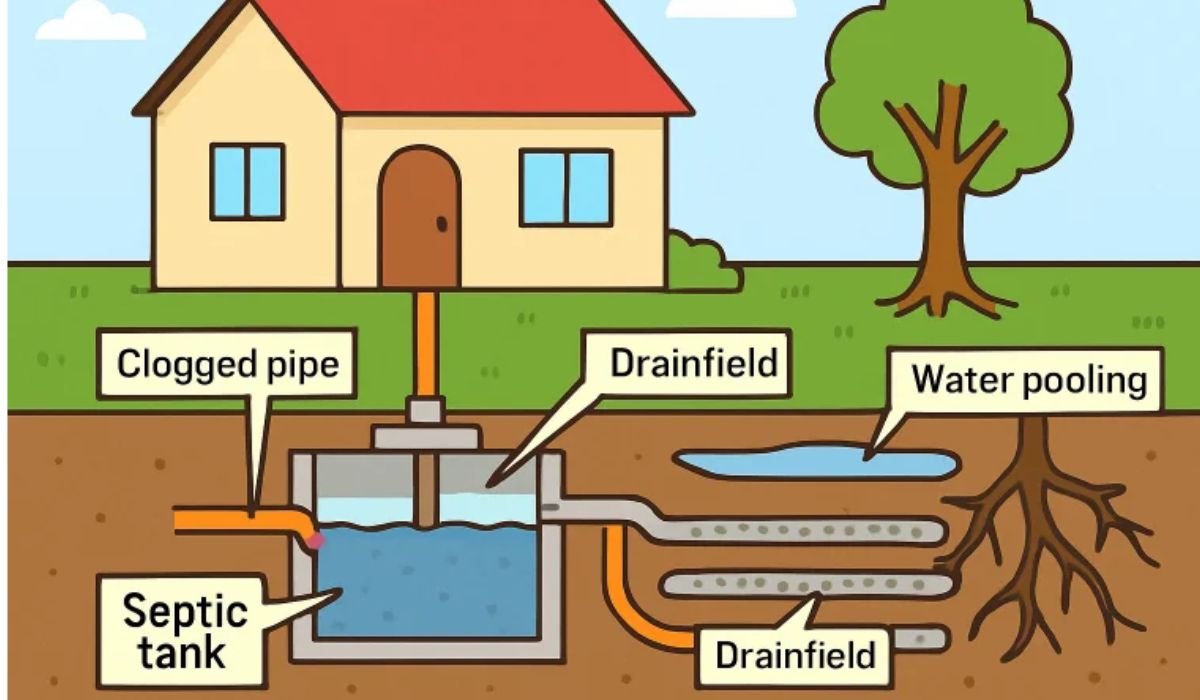Key Takeaways
- Scheduled maintenance and inspections are key to avoiding major faucet failures.
- Many faucet issues—such as leaks and low pressure—can be resolved with simple tools and household items.
- Serious or recurring problems often require professional plumbing expertise to prevent water damage and further complications.
Faucets are among the most vital fixtures in every household, critical for everything from cooking to cleaning. Over time, wear and tear can lead to various problems, from leaks to low water pressure. By learning how to identify and fix common faucet issues, you can often avoid the need for costly repairs. Homeowners needing professional support can turn to local experts for faucet installation Corona, CA to keep their plumbing running smoothly.
Timely intervention saves water and money and keeps your daily routines uninterrupted. Simple DIY maintenance can address most faucet problems, providing peace of mind and extending the life of your fixtures. Knowing how to handle these challenges—and when to call a professional—adds value to your home and protects your investment. If you notice persistent issues or water stains around your sink, don’t wait to investigate the source of the trouble.
Dripping Faucets
Few things are as frustrating as a constantly dripping faucet. Not only is it an annoyance, but it also increases your water bills and can cause staining or mold growth. The most frequent cause of this problem is a worn-out washer or O-ring inside the faucet assembly. Here’s how to tackle a drip:
- Shut off the water supply—typically under the sink.
- Remove the faucet handle to access the inner parts.
- Inspect and replace the washer or the O-ring as needed.
- Reassemble the faucet and test for leaks after restoring water flow.
Regularly checking these inexpensive parts can save gallons of water each month and prevent long-term fixture damage.
Low Water Pressure
Low water pressure in your faucet can turn chores into tedious tasks. This problem is commonly caused by mineral buildup in the faucet’s aerator or an obstruction in the supply pipes. You can often fix this issue by:
- Carefully unscrew the aerator (the mesh tip at the spout) and soak it in vinegar to dissolve limescale.
- Checking visible supply lines for kinks, leaks, or blockages.
- Consult a plumber if you find rust or if problems persist after cleaning.
In homes with especially hard water, installing a water softener or routinely cleaning faucet aerators can help maintain strong water pressure.
Noisy Faucets
If your faucet whistles, screeches, or makes banging noises when in use, suspect a loose component or mineral scale as the culprit. The remedies include:
- Tightening or replacing washers and fasteners to quell rattling or whistling sounds.
- Use vinegar solutions to dissolve sediment buildup inside the faucet or pipes.
- Contacting a professional if unusual sounds persist—banging, in particular, could indicate water hammer or pressure issues in your plumbing system.
Addressing persistent noises early can prevent further complications, such as pipe damage or system-wide pressure problems.
Wobbly Handles
Loose or wobbly faucet handles are an annoyance and a potential risk for further wear. Usually, a set screw beneath the decorative cap needs tightening:
- Turn off the water and gently pry off the cap to expose the set screw.
- Use the appropriate screwdriver or Allen wrench to tighten the screw.
- Replace the cap and test for stability.
Regularly inspect the assembly to ensure all parts remain snug. If tightening doesn’t fix the wobble or the inside components are stripped, replacement may be needed.
Sprayer Malfunctions
Kitchen faucet sprayers are vulnerable to clogging and malfunctioning diverters, often due to limescale and debris. Troubleshooting steps include:
- Remove the spray head and clean it with vinegar to dissolve buildup.
- If water flow remains weak or uneven, check and clean or replace the diverter located inside the main faucet body.
Persistent problems indicate a worn-out sprayer or diverter part, which can be inexpensively replaced for optimal function. Durable, high-quality parts help reduce the need for repairs.
Preventive Measures
Proactive care is the most effective way to avoid common faucet issues. Consider the following habits as part of your home maintenance routine:
- Schedule regular annual inspections of your plumbing system by a licensed plumber to spot trouble early.
- Perform monthly checks for leaks, unusual sounds, and consistent water flow.
- Prevent clogs by using drain screens and removing grease and debris from the sink.
Adopting a preventive mindset extends appliance life and safeguards against water waste.
When to Call a Professional
While many faucet troubles are simple enough to handle with common tools, certain symptoms suggest it’s time for a professional. Call a licensed plumber if:
- You see persistent problems after attempted repairs.
- There are visible signs of water damage, staining, or mold around plumbing fixtures.
- You’re uncomfortable disassembling or working with plumbing components.
Timely professional intervention preserves the integrity of your plumbing system and saves you from more costly repairs down the line. By staying informed and proactive, you can keep your home’s faucets in excellent condition—reducing water waste and protecting your investment for years.











